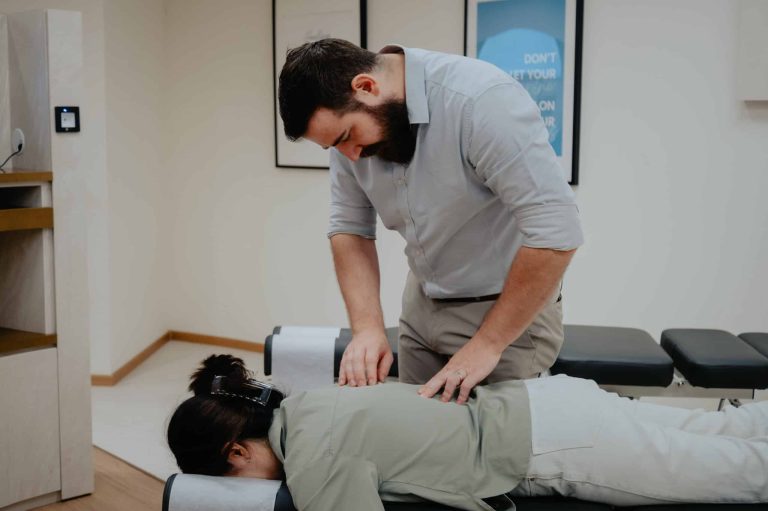Hay fever, also known as allergic rhinitis, is a medical condition that has similar symptoms as a common cold. The sufferer may experience sneezing, a runny nose, sinus pressure or congestion. Hay fever results from an allergic reaction to airborne substances e.g., plant pollen and mold spores. It is the fifth most common ailment in the U.S. An allergy, asthma & sinus center in Lansdowne can help to treat hay fever and other allergic illnesses.
Quick Facts about Hay Fever
- Allergic rhinitis, otherwise known as hay fever, can result in sneezing, a stuffy or runny nose, itchiness in the nose, eyes or mouth, and watery eyes.
- Seasonal have fever is more common during spring, summer and the beginning of fall.
- Symptoms are often caused by an allergic reaction to pollen from trees, grass or weeds, or to mold spores in the air.
- Treatment for hay fever includes medications, allergy shots, immunotherapy, or avoiding/reducing exposure to allergens.

What Causes Hay Fever?
Allergic rhinitis takes place when the immune system mistakes an ordinarily harmless airborne element for a threat. Common hay fever triggers are:
- Tree pollen during spring.
- Grass pollen during late spring and summer.
- Weed pollen, particularly in fall.
- Fungi and mold spores in warm weather.
- Animal hair or dander.
- Dust mites.
- Cockroach dust.
- Cigarette smoke.
- Perfume
- Diesel exhaust fumes.
Some factors also raise the risk of contracting hay fever:

- Genetic factors: Given that a close family member suffers from hay fever or any other allergy, the risk is more.
- Asthma and other allergic problems: Persons with asthma or other types of allergies have a higher likelihood of having hay fever.
- Age and gender: In most cases, hay fever is more common among boys before adolescence, but it is more common among girls after adolescence.
- Time of birth: Persons born during a high pollen season are more likely to develop hay fever.
Hay Fever Symptoms
The following are the common symptoms of hay fever:
- sneezing
- Itchy nose and/or throat.
- Watery eyes.
- Blocked or runny nose.
- sweats
- Headaches
- Facial pain due to blocked sinuses.
- Loss of smell and taste.
Some people might also experience fatigue and insomnia. Those with asthma might have more wheezing and breathlessness.
Diagnosis and Treatment
A pinprick test can establish what is causing the allergic response. To specify the right treatment, an allergy doctor looks at the symptoms and asks the patient about their individual and family medical history.
Additionally, a blood or skin test can help to confirm the substance a person is allergic to. For a skin test the doctor pricks the patient’s skin with a small amount of a known allergen. The blood test shows the amount of immunoglobulin E (IgE) antibodies. If the levels of IgE are high, then an allergy is present. On the other hand, zero IgE antibodies show no sensitivity, whereas 6 is an indication of very high sensitivity. A variety of over-the-counter medicines can help to control hay fever. Below are some of the treatment options for hay fever.
- Antihistamine sprays/tablets: They inhibit the production of chemical histamine, which is responsible for hay fever symptoms.
- Eye drops: They decrease itching and inflammation in the eyes and are often used in conjunction with other medications.
- Nasal corticosteroids: They’re a safe, effective long-term treatment option for managing the swelling caused by hay fever. The benefits of these drugs might take a week to show.
- Oral corticosteroids: Severe symptoms of allergic rhinitis may be managed effectively with prednisone tablets.
- Immunotherapy
Similar to the common cold virus, there’s no cure for hay fever as of now. However, it is possible to manage the symptoms.














